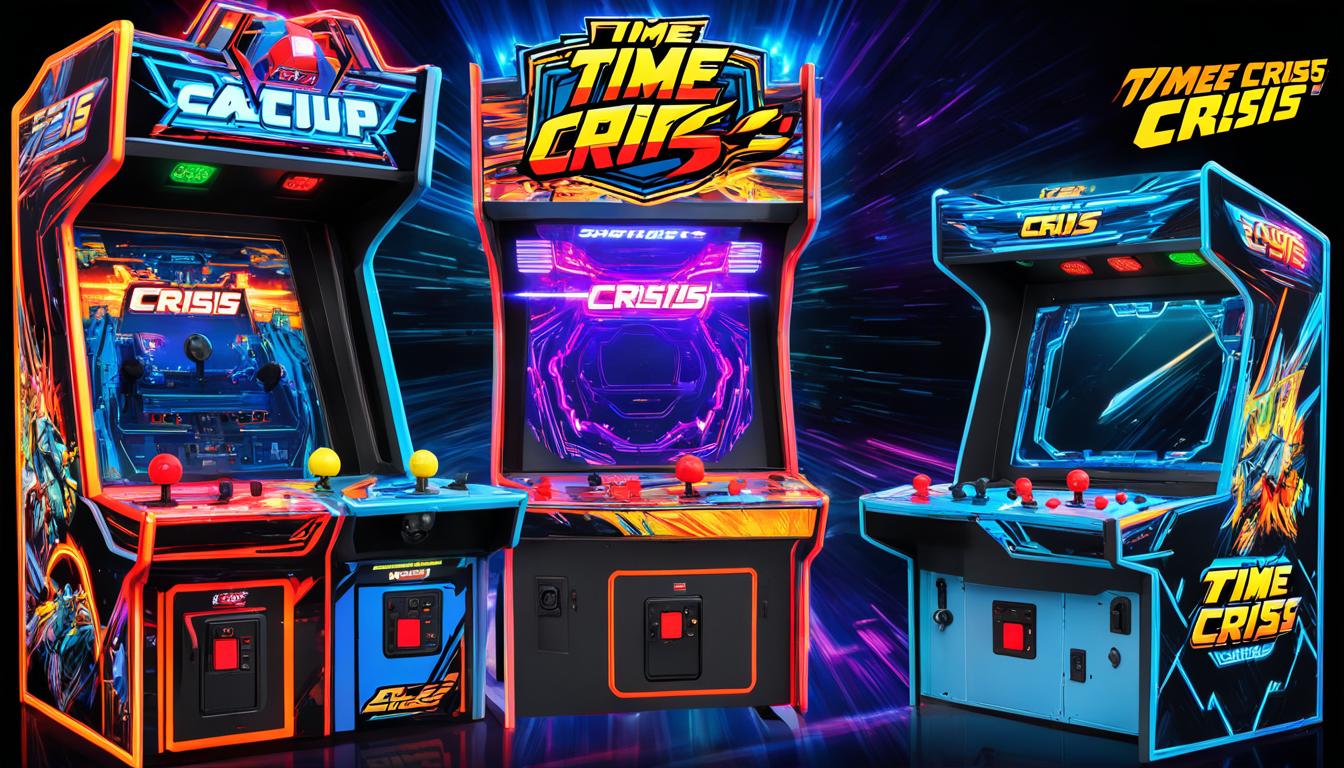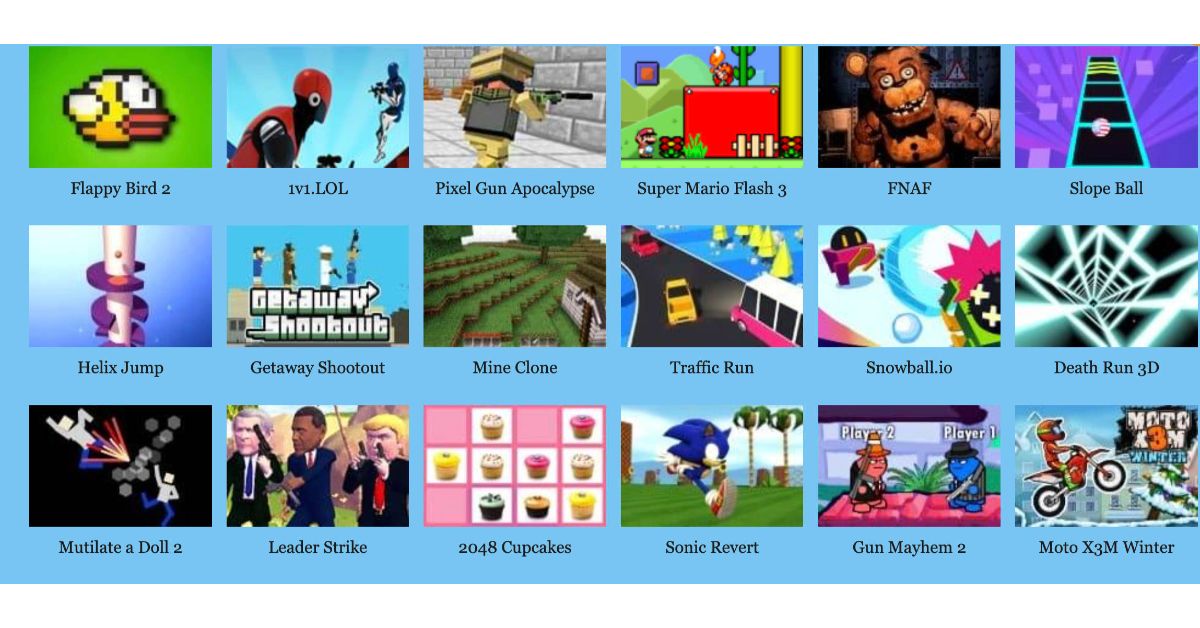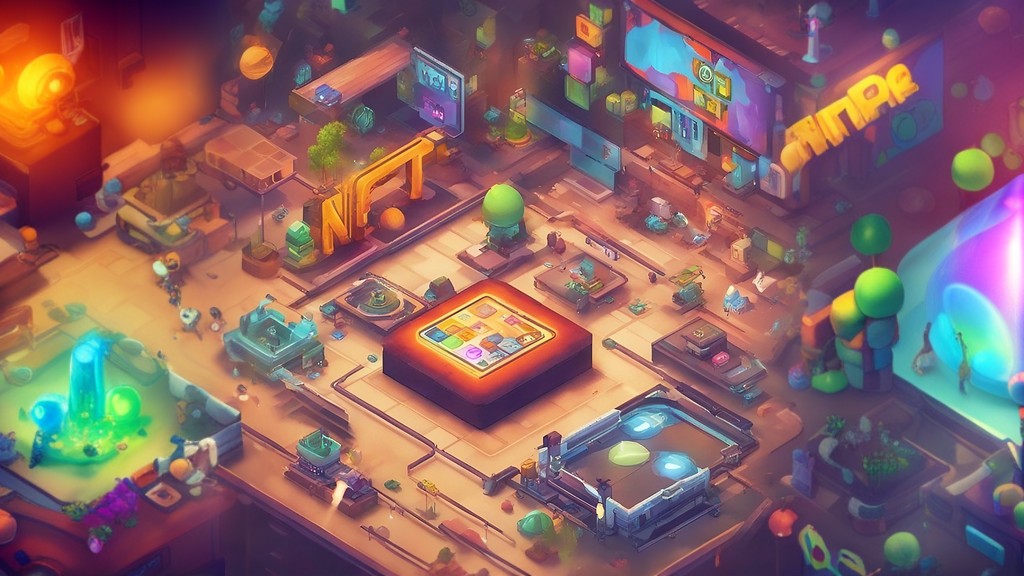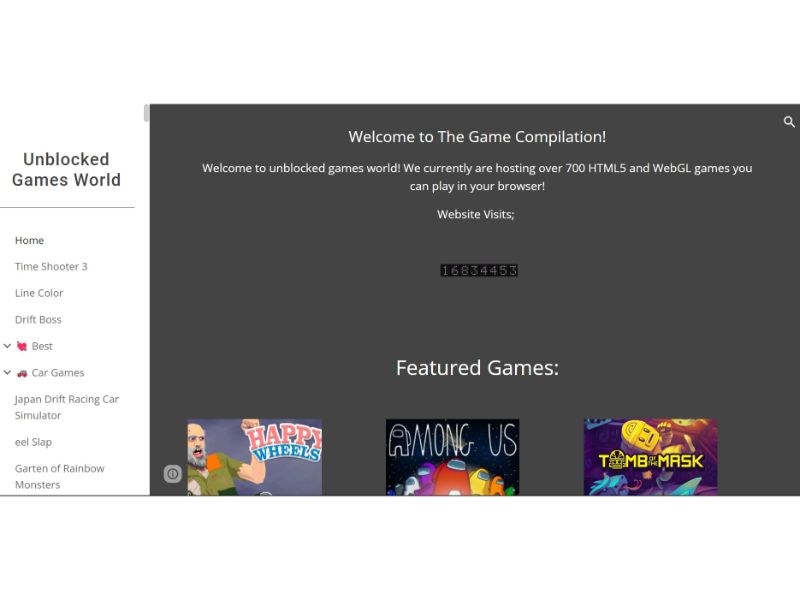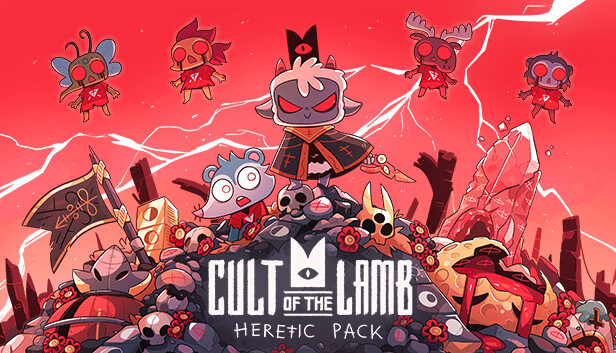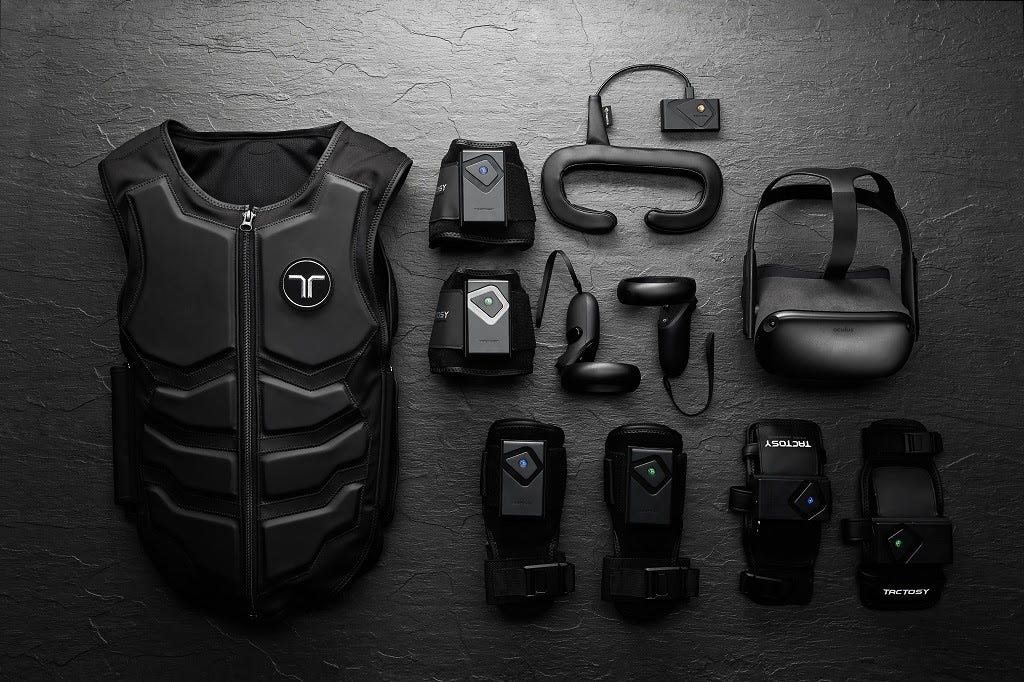During the recent Xbox Games Showcase, the Xbox Team noted that the Xbox Series X launch this holiday season is planned to be accompanied by over 100 games. Additionally, 343 Industries’ Halo: Infinite will be leading the pack of 100 games, but none of them aside from Halo: Infinite will be first-party exclusives.
If you don’t know, the Xbox Team’s strategy is to sell gamers and customers a subscription service associated with a plethora of video games. In other words, the console is there, but the live-service subscription (like Game Pass or Xbox All Access) will be the main driver through a slew of games and the family of Xbox consoles.
Furthermore, this is why these 100 games don’t have to be first-party exclusives (besides one) and why it can take up to two years to ship more exclusives as noted by the Head of Microsoft Studios Matt Booty:
“As our content comes out over the next year, two years, all of our games, sort of like PC, will play up and down that family of devices. We want to make sure that if someone invests in Xbox between now and [Series X] that they feel that they made a good investment and that we’re committed to them with content.”
Booty said that back on January 10th, 2020. However, the Head of Xbox or Phil Spencer came forth on July 16th, 2020, to reiterate the above about first-party Xbox games:
“You won’t be forced into the next generation. We want every Xbox player to play all the new games from Xbox Game Studios. That’s why Xbox Game Studios titles we release in the next couple of years—like Halo Infinite—will be available and play great on Xbox Series X and Xbox One. We won’t force you to upgrade to Xbox Series X at launch to play Xbox exclusives.”
I bet you are thinking, “Okay, what are you trying to say?” This is what I’m trying to convey, the Xbox Team doesn’t want to sell consoles or video games but live-services. For the Xbox Team to sell a subscription-based service, the team is using a bunch of video games that don’t have to be exclusives across a list of discontinued or upcoming Xbox consoles.
Kareem Choudhry — corporate vice president and gaming cloud at Microsoft — notes to geekwire.com in early 2019 that consoles won’t achieve the number 2 billion since there are markets around the world that don’t abide by specific rules:
“We know we aren’t going to sell 2 billion consoles, and there are a lot of markets around the world where a console is not necessarily part of the lifestyle.”
To access “2 billion gamers,” the team plans to shift its focus, and that requires widening its platform spectrum. Satya Nadella, chief executive officer of Microsoft, wants to bring its services and apps to as many people as possible, no matter the device. Spencer explains for Nadella the following regarding consoles and live-services:
“We want to bring Game Pass to any device that somebody wants to play on. Not just because it’s our business, but really because the business model allows for people to consume and find games that they wouldn’t have played in any other space.”
Spencer says that subscription services will “ultimately help game publishers,” because “they bring a new audience of people who might be willing to try a game but don’t want to invest the money upfront to buy one.”
Bringing content to more devices would not cannibalize console sales or hurt the company’s financial results since consoles are not specifically where you make money as per Spencer:
“That is not where you make money [consoles]. The business inside of games is really selling games, and selling access to games and content in means like that is the fundamental business. So if you open it up, the more often people can play, the more they’re enjoying the art form. It increases the size of the business.
Not all of those players are going to want to pay $60 to go play something that they haven’t heard of before, and I see that model as being something that can really help us as an industry grow.”
So what does this all mean? It means that the Xbox Team is banking on live-services or subscriptions. To drive revenue through these services, the company needs a list of console platforms (like the Xbox One, Xbox One S, Xbox One S Digital Edition, Xbox One X, and Xbox Series X) and over 100 launch titles — even if these games aren’t first-party exclusives — to reach more people.
